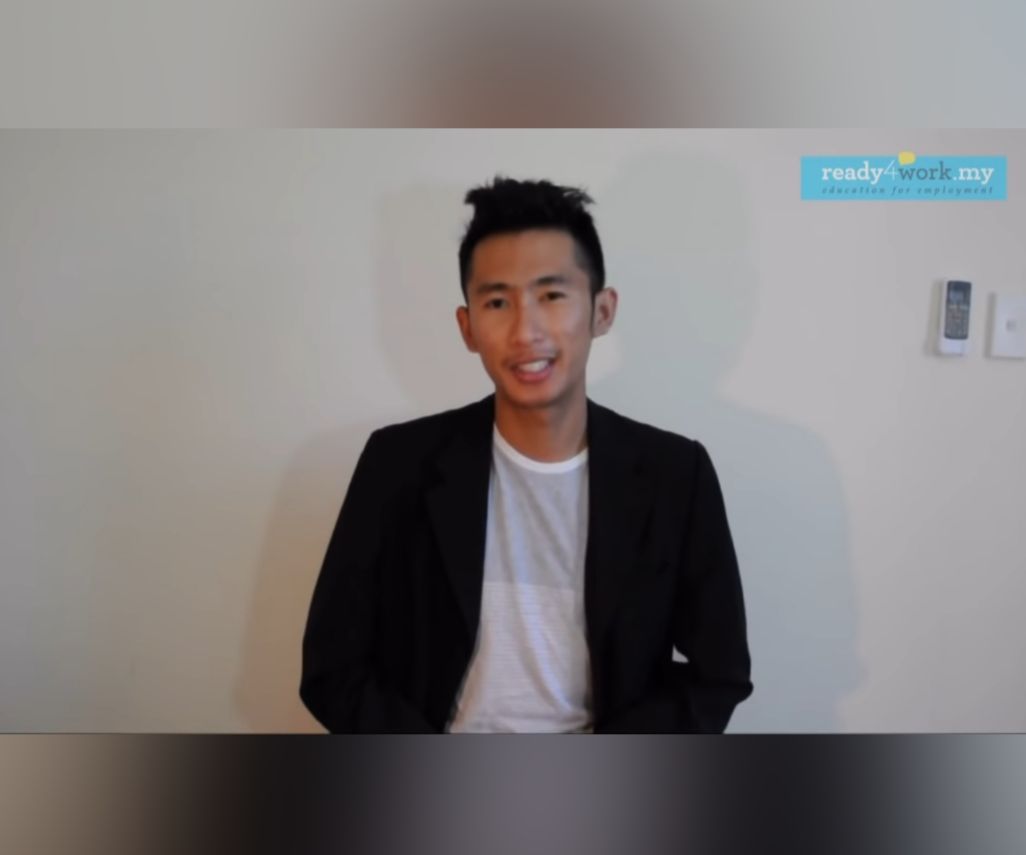The Human Cost of Digital Technologies

As companies race towards digitisation, the expectation that people in organisations need to be permanently on-call is creating very human challenges. How well an individual copes depends on their personality.
We used to communicate with the people we work with as we walked down the hall to a meeting, or over lunch, or (all too often) with those little hand-written phone messages starting with “while you were out …” These days however, people are more likely to be in constant touch through Information and Communication Technologies (ICTs) such as social media, mobile phones or video links. In fact, a recent study found that almost one third of adults in the U.S. never turn off their smart phones - such is the all-pervasive nature of modern communication technology.
While ICTs have many advantages, including simplifying our access to power and information (in the sense that we no longer need to be in the same country, let alone the same office, as the people we want to connect with), digital omnipresence is creating new social challenges. Executives, in particular, are finding themselves under increasing pressure from a barrage of email, phone and social media messages from a myriad of former, actual and future subordinates, clients, suppliers and business partners. This constant bombardment creates challenges of work overload, complexity, insecurity and feelings of invasion and uncertainty; in a word, burnout. We wondered: does personality type play a role in the way people cope with ICTs?
This may interest you: Leveraging Technology in Leadership
In 1984 the word technostress was coined to describe the nervous tension related to the (over) use of information and communication technologies. Subsequent research identified five creators of technostress, these being: techno-overload (situations with higher workload generated by ICTs); techno-invasion (the invasive impact of ICTs on personal life); techno-complexity (difficulty in learning to use ICTs); techno-insecurity (situations in which users’ jobs are threatened due to ICTs); and techno-uncertainty (related to new ICT developments). Our recent INSEAD Working Paper, You and Your Technostress: Relating Personality Dimensions to CT-Related Stress”, set out to assess how specific personality traits affected each of these five factors.
Techno-challenges of the 21st century
When technostress was first identified, just eight percent of U.S. households reported having a computer. Today, with the figure around 80 percent, the human cost of the digital age is more significant than ever. Of course, how people respond to rapid technological advances, and the negative impact they experience from spending so much of their time “connected”, varies according to the individual. To find out more, we asked people to complete two questionnaires. The first one captured their perceived level of technostress, and the other was the Personality Audit, a 360° feedback survey that looked at personality traits. (The advantage of a 360° personality feedback questionnaire is that we can capture such information about self vs. observer perceptions of personality traits.) We analysed the responses from 49 self-rated technostress surveys, and 152 observer-rated Personality Audit questionnaires, to identify specific personality traits that factor into the human cost of digitisation and came up with some surprising insights.
Personality and ICT reaction
Most interestingly perhaps, we found the degree to which we see ourselves as being affected by some form of techno-stress or techno-invasion, is often very different to how others assess our performance. In other words, other people often don’t see how stressed we really are.
From a personality perspective, analysis of data suggests that introverts benefit from the use of ICTs and experience lower levels of techno-invasion. The same applies to pseudo-extraverts - that is, introverts who have learned to exhibit extraverted behaviours when necessary. It is possible that ICTs allow pseudo-extraverts to communicate with a broader audience without having to physically participate in large social gatherings. In addition, their preference for building authentic relationships with a smaller number of people may mean that although pseudo-extraverts can choose to be visibly active and present through ICTs, they are more strategic and selective about their availability.
Amongst other personality types; the more highly extraverted an individual is the more likely he or she will suffer from techno-overload. A high observer score on the dimension of ‘adventurousness’ is associated with a high self-reported level of techno-overload. Meanwhile people with high self-esteem are less likely to suffer from techno-insecurity - the stress brought about by fears they will lose their job to individuals with greater technical skills and pseudo-conscientious individuals (those whose observer rating on the dimension of “conscientiousness” is higher than their self-rating) have a lower level of techno-invasion. Highly conscientiousness people, on the other hand, are more likely to have higher levels of techno-insecurity, suggesting that ICTs may have a negative influence on the well-organised work life of fastidious individuals.
Finally, it was surprising to note that an individual’s availability through ICTs (that is, the time they are “connected” and able to receive and respond to email, answer a call, or see an update from a colleague on an online networking platform) and their discerning use of ICTs (through choice rather than obligation), while co-related, actually had opposite impacts on techno-invasion. We found respondents in the study who made themselves constantly and readily available through ICTs were more likely to be impacted by “techno-invasion”. On the other hand, people who regularly used ICTs, but at their own discretion, were less negatively impacted by techno-invasion. This is possibly because they had more positive feelings about the use of the technology and felt able to control how and when they used it. Why are some people able to control the way they use ICTs, whereas others seem to fall into the “availability trap”? Looking at personality traits, it appears that pseudo-conscientious people and pseudo-extraverts are better at using ICTs more strategically. People with these personality traits are more skilled at managing availability, thereby reducing their feeling of techno-invasion.
Read more: Why Human Skills Future-proof Careers in an Automated World
Matching character traits to communication strategies
As stressful as they may be, ICTs are part of modern office life, supporting many positive organisational transformations, offering greater flexibility, networking opportunities, and increased engagement. What our findings indicate is that, by taking into account personality differences when allocating responsibilities and creating guidelines for ICT use, technostress can be reduced.
For example, ICTs work well for introverted team members, as they tend to experience lower levels of techno-invasion. For extraverts, face-to-face communication could help alleviate their fear of missing out if they are not permanently “connected” and as a result, reduce their techno-overload. On the other hand, highly conscientious individuals exhibit increased levels of techno-insecurity. For this reason, they should not be assigned to ICT-intensive roles, or they should be accompanied during a learning transition so they gain confidence and control over ICTs.
We also noted other intriguing links between technostress dimensions and personality traits. For example, people who self-report frequent use of ICTs appear to have a higher level of self-esteem, according to their observers. Individuals who say they trust others, also self-report a high level of use of ICTs. On the other hand, people who self-report a high level of availability are seen to be rather low-spirited, according to their observers. This finding raises further questions about whether some people might connect through ICTs to build their self-esteem or to cheer themselves up.
Most importantly, our study suggests that instead of implying that people have to be available 24-7, or setting rigid, organisation-wide norms for availability, leaders would do better to help people understand their individual preferences, and allow them the flexibility and training to best adapt their own optimal way to use ICTs. In this way people will see ICTs as helpful tools that come with options and choices, rather than an additional source of stress and anxiety.
The support of the Dutch Alumni Research Fund for Leadership, Governance and Diversity is gratefully acknowledged.
Read more: Using Technology to Engage and Retain Employees
Before you go, enlighten yourself with this media powered by Leaderonomics on the importance of digital learning:
Furthermore, check out this resonating media on the best online/digital platforms today!

Functional
References:
- Technostress: The Human Cost Of The Computer Revolution - A book by C Brod
- Do Technostress Creators Influence Employee Innovation? - A research article by Shalini Chandra, S. Srivastava, Anuragini Shirish
- The Consequences of Technostress for End Usersin Organizations: Conceptual Developmentand Empirical Validation - A research article by T. S. Ragu-Nathan, Monideepa Tarafdar, Bhanu S. Ragu-Nathan
- Cyberpsychology, Behavior, and Social Networking - A journal article by Brenda K. Wiederhold
- The Development of The Personality Audit: A Psychodynamic Multiple Feedback Assessment Instrument - A research article by Manfred Kets de Vries, Pierre Vrigaud, Konstantin Korotov, Elisabet Engellau & Elisabeth Florent-Treacy
Pawel Korzynski is a Visiting Scholar at INSEAD as well as an Associate Professor at Kozminski University in Poland, where he teachers Leadership and Online Influence





